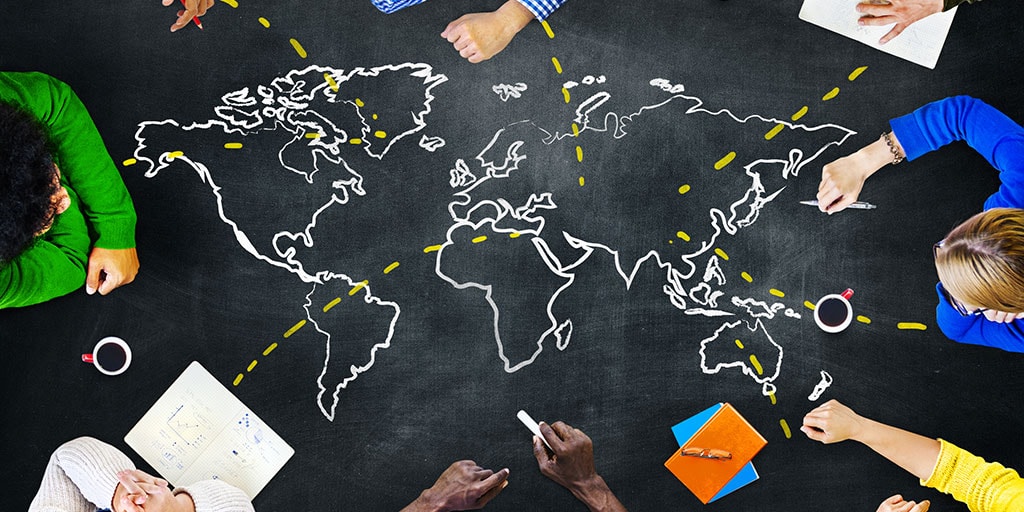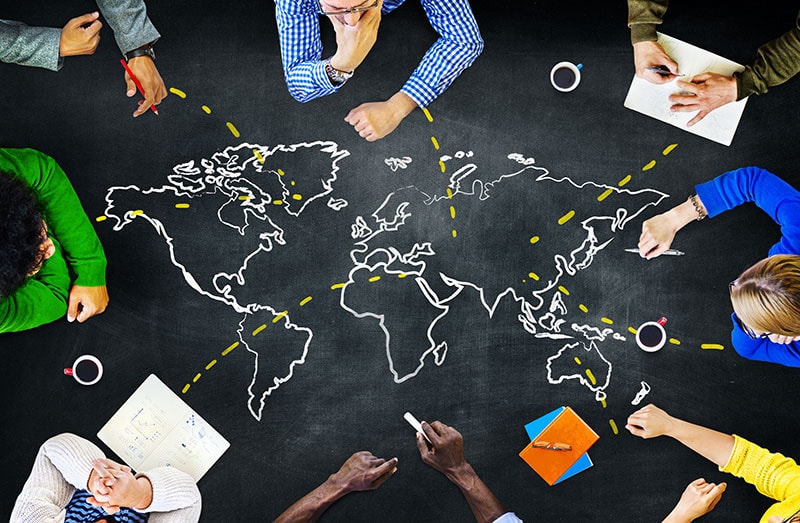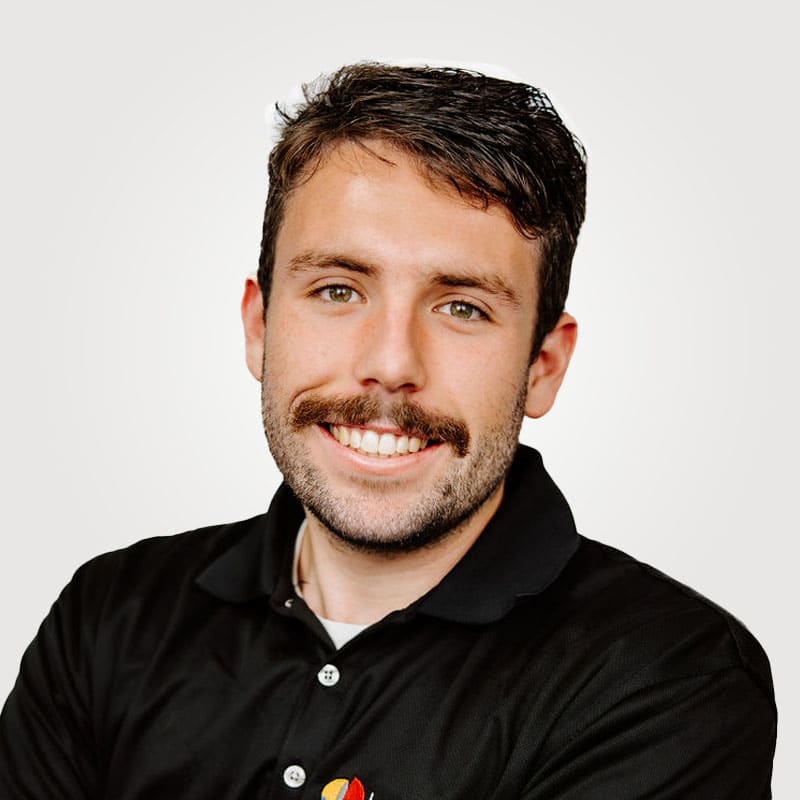
As the eLearning industry booms, user-friendly course authoring tools like Rise 360 have exploded in popularity. Rise’s simple interface and robust features make it a great platform for building your course. It does, however, have one limitation – it can’t automatically translate eLearning courses across different languages.
Rise does, nevertheless, support eLearning translation. You can export all the written content of your course into an XLIFF file, translate it, and import it back into the course with all formatting intact.
How you translate your Rise 360 course is an important consideration. While automated translation tools have come a long way, the nuances of language make using them for something as complex as an online course a roll of the dice. Idioms like “take a rain check” or “leave on a cliffhanger” confound them, and a phrase that makes perfect sense in one part of the world can be downright offensive in another.
Why is Rise translation so important?
One of the biggest benefits of eLearning is how easy lessons are to remember. But that diminishes when online learners are presented with material in a foreign language. Having to mentally translate the information as it’s presented reduces their ability to absorb and fully comprehend it.
Providing eLearning courses in multiple languages also allows you to reach more people. If you distribute online courses to a diverse group of learners with varying native languages, take a look at your LMS (Learning Management System) analytics. It should come as no surprise to see greater engagement among learners whose primary language matches the language of the eLearning course.
Ninety percent of people prefer learning in their native language. Think of the millions of opportunities you could be missing by not offering courses in the languages learners want.
What does the Rise translation workflow look like?
Many course developers choose Rise because it is easy to use. Fortunately, Rise translation is also a pretty straightforward process.
- It all starts with your course. Create your complete course, including visuals and multimedia elements, in your primary language.
- Next, duplicate your course and export the duplicate’s content to an XLIFF file. XLIFF is an XML-based file format that standardizes the exchange of information between tools.
- A professional translator will translate the content of the XLIFF, save it in the same format, and send it back to you. You import the translated XLIFF into your duplicate course, and Rise does the rest.
- To protect the quality of your eLearning course, it’s important to use a Rise translation partner that specializes in localization and to provide your translator with the original course as well as the XLIFF file.
A partner who specializes in localization will know when a phrase should be adjusted into a regional dialect to make it understandable to the intended audience. A good translation provider will also review the visuals in your course to make sure they are culturally appropriate.

How do you engage learners?
The best eLearning courses keep learners engaged with interactive elements. These complex, layered elements are far easier to translate if the translator is able to see them in action. That provides context for each layer and how they fit together to move the course along.
After translation comes validation – making sure the translation is accurate once the course is published. Again, this goes beyond just the words. You’ll want to choose a translation partner experienced in working with Rise to make sure the details you carefully planned in English still work. Publishing settings will match the English (i.e., SCORM).
For example, many languages cause translations to expand or contract. Let’s say a text box on one slide of your course is sized just right to house the word “science.” But in German, “science” is “Naturwissenschaft” – more than twice as many letters need to fit into the same text box.
Designers involved in your Rise translation project will be able to catch such issues and address them, so your course is accurate no matter the language.
Localized text changes impact timing. Slides with more text need more reading time, videos might require subtitles, and audio needs re-recording. All visuals must be timed accordingly.
A Rise translation partner who offers voiceover services will ensure spoken material, even if it uses technical language, is clear and unambiguous. Voiceovers are best recorded in a studio environment by native speakers who understand how tone, pace, and inflection can affect the meaning of content. An engineer will then adjust the timings in the course to ensure the audio and visuals are in sync.
Quality courses aren’t just about the content. The details of how the content is presented make a tremendous impact on the user’s experience and what that experience leads them to think about your company.
The future of learning is now
In 2019, Research and Markets predicted the eLearning industry would be worth about $325 billion by 2025 – almost three times what it was worth in 2015. And that was before COVID-19 sent our lives online. The pandemic condensed a decade of digital transformation into a matter of two years.
Online learning is no longer the future of training and education, it is the present. Savvy businesses are making the most of it by creating digital courses to train their workforce and educate their clients.
Rise 360 is a great tool for creating these courses. It’s easy to use, even for people with little to no course-building experience. The ready-made templates pull courses together fast, and its media optimization and fully responsive design keep your assets functional and high quality.
To fully maximize your investment in eLearning, don’t limit your Rise course to a single language. As of January 2020, only about a quarter of online content was in English. There are 854 million Internet users in China, 149 million users in Brazil, and 118 million users in Japan. Rise translation unlocks millions of opportunities for your course to reach people in the language they know – and learn in – best.
Don't forget to share this post!
Stay Updated with Interpro
Subscribe to our newsletter for the latest updates and insights in translation and localization.






